Home>Ideas and Tips>The Vanishing Act Minimalist Decluttering Mastery
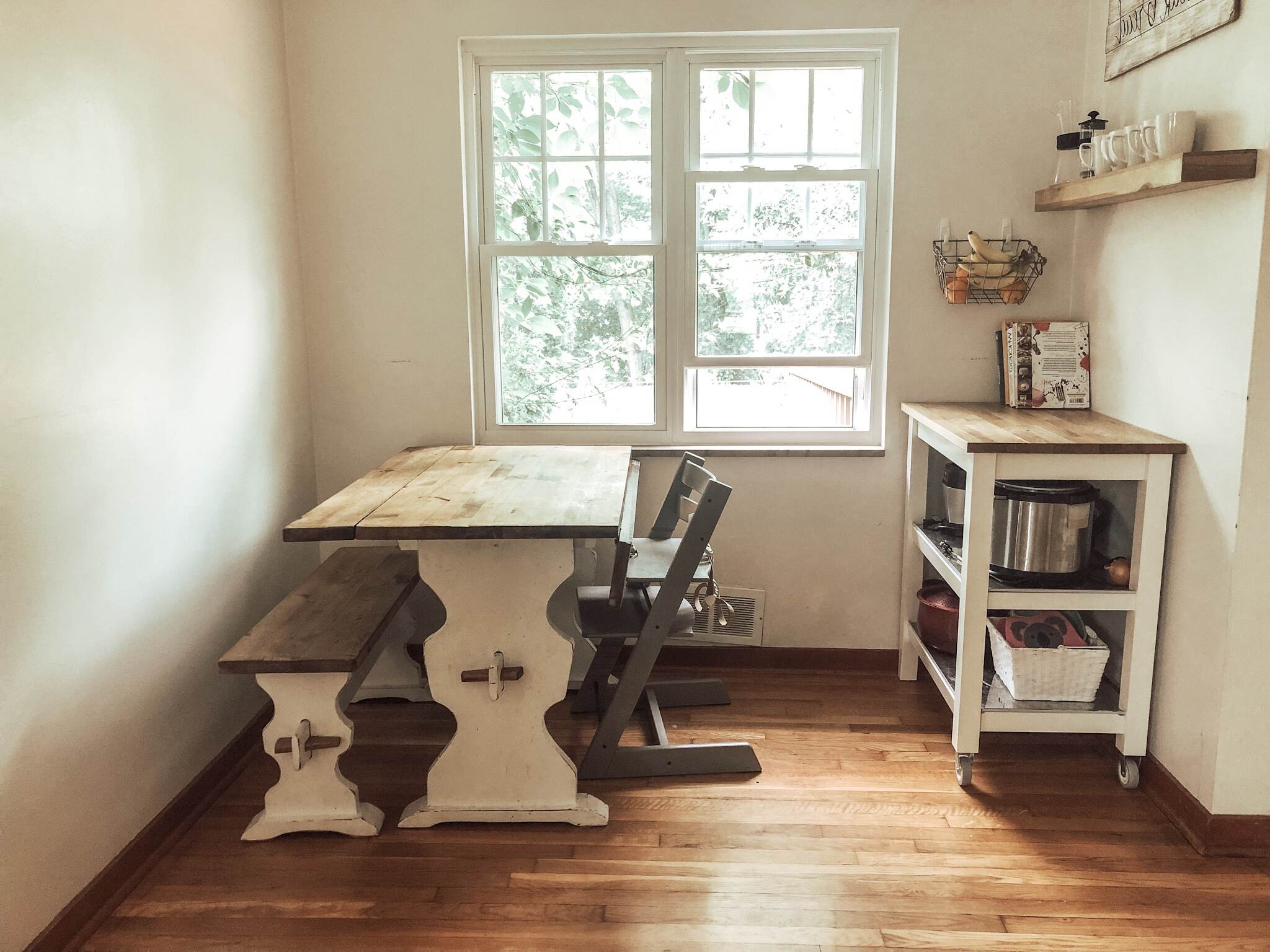

Ideas and Tips
The Vanishing Act Minimalist Decluttering Mastery
Modified: October 27, 2024
Master minimalist decluttering with practical tips and strategies to simplify your life, reduce stress, and create a more organized, peaceful home.
(Many of the links in this article redirect to a specific reviewed product. Your purchase of these products through affiliate links helps to generate commission for Storables.com, at no extra cost. Learn more)
Decluttering and minimalism have become increasingly popular as people seek to simplify their lives and reduce the stress associated with excessive possessions. However, many individuals find the process daunting, especially when faced with sentimental items, family heirlooms, or clutter from other household members. In this article, we will explore the principles of minimalist decluttering, provide practical tips for starting your journey, and discuss how to maintain consistency in your efforts.
Understanding Minimalism
Minimalism is often misunderstood as a lifestyle that advocates for owning the absolute fewest things possible. However, true minimalism is about finding the optimal amount of possessions needed to achieve your goals and live a fulfilling life. It challenges societal assumptions about the size of your home, the number of clothes in your closet, or the number of toys in your child’s bedroom. Minimalism is not just about removing clutter but also about evaluating what you truly need and using resources more efficiently.
The Importance of Decluttering
Decluttering is a crucial step in the minimalist journey. It involves removing items from your home that are no longer needed, creating crowded messes, or causing confusion. While decluttering can be therapeutic and liberating, it often focuses on surface-level possessions without addressing the deeper issues of consumerism and resource management.
Starting Your Decluttering Journey
One of the most significant barriers to decluttering is the fear of tackling difficult areas, such as sentimental items or clutter from other household members. However, this fear can be overcome by starting with the easiest steps possible.
Begin with Small Tasks
As the saying goes, "Faith is taking the first step even when you don’t see the whole staircase." – Martin Luther King, Jr. Start your decluttering journey by focusing on small, manageable tasks. For example, begin with a single drawer or a small area like your living room or bathroom cupboard. This approach allows you to build momentum and experience the benefits of living with less without feeling overwhelmed.
Break Down Tasks into Manageable Steps
Decluttering can be overwhelming if approached as a single, massive task. Break down your decluttering process into smaller, more manageable steps. For instance, if you're decluttering a drawer, start by removing everything from it and sorting items into categories (e.g., clothes, accessories, papers). This methodical approach helps you focus on one task at a time, making it easier to maintain your momentum.
Focus on One Area at a Time
Decluttering is not a one-and-done experience; it's an ongoing process. Focus on one area of your home at a time to ensure that you're making consistent progress without feeling overwhelmed by the entire space.
Practical Tips for Decluttering
-
Start Small: Begin with a single drawer or a small area like your living room or bathroom cupboard. This will help you build momentum and experience the benefits of living with less without feeling overwhelmed.
-
Sort Items into Categories: When decluttering, sort items into categories (e.g., clothes, accessories, papers). This helps you see what you have and make decisions about what to keep and what to discard.
-
Ask Yourself Questions: As you declutter, ask yourself questions like:
- When was the last time I used this item?
- Do I still have a purpose for this item?
- Would I miss it if it were gone?
-
Keep Only What Brings Joy: This tip, popularized by Marie Kondo, suggests keeping only items that bring you joy or serve a purpose. If an item doesn't meet these criteria, consider letting it go.
-
Be Brutal with Returns: If you buy something and it doesn't make you happy or thrilled, return it. It's better to be "wasteful" during the return phase than dealing with a crappy product and having to donate or sell it later.
-
Implement Daily Routines: Establishing daily routines can help maintain your home's tidiness and prevent clutter from building up again. For example, set aside 10 minutes each day to tidy up or dedicate one hour on the weekend to deeper cleaning tasks.
-
Use the One In, One Out Rule: If you buy a new item, get rid of an old one in the same category. This rule helps maintain a balanced amount of possessions and prevents clutter from accumulating.
-
Mend Items Instead of Replacing Them: Learn basic repair skills like sewing buttons or fixing small holes in clothing. This approach can extend the life of your belongings and reduce waste.
-
Value the Trade Economy: Instead of buying new items, borrow tools from neighbors or join community gardens as a hobby. These practices promote a more sustainable lifestyle and reduce consumerism.
-
Create a Minimalist Mindset: Decluttering is not just about removing physical items but also about changing your mindset towards consumption and ownership.
Maintaining Consistency
Once you've decluttered your space, maintaining consistency is crucial to sustaining your minimalist lifestyle. Here are some tips to help you stay on track:
-
Set Clear Goals: Define what minimalism means to you and set clear goals for your lifestyle change. This will help you stay focused on your objectives.
-
Monitor Your Consumption: Be mindful of your shopping habits and avoid impulse buying. Take time to think about whether an item is truly necessary before purchasing it.
-
Implement Daily Routines: Establish daily routines that promote tidiness and organization, such as tidying up for 10 minutes each day or dedicating one hour on the weekend to deeper cleaning tasks.
-
Create a Minimalist Environment: Surround yourself with people who support your minimalist lifestyle or join communities that share similar values.
-
Be Patient: Minimalism is a journey, not a destination. Be patient with yourself as you work through the process, and remember that it's okay to take things one step at a time.
Overcoming Common Challenges
-
Sentimental Items: When faced with sentimental items like family heirlooms or gifts from loved ones, remember that these items often hold emotional value rather than practical use. Consider taking photos of these items and letting them go if they no longer serve a purpose in your life.
-
Clutter from Others: If you live with others who do not share your desire for minimalism, communicate openly about your goals and work together to find solutions that work for everyone.
-
Maintaining Motivation: To stay motivated during the decluttering process, celebrate small victories along the way. Each cleared drawer or tidied-up area represents progress towards your goal of living a more minimalist lifestyle.
Conclusion
Minimalist decluttering mastery is not about achieving perfection but about creating a sustainable lifestyle that aligns with your values and goals. By starting small, focusing on one area at a time, and implementing practical tips for decluttering and maintaining consistency, you can transform your home into a more organized and peaceful space that reflects who you are.
Remember that minimalism is a journey rather than a destination; it's about finding the optimal amount of possessions needed to live a fulfilling life while rejecting consumerism and promoting resource efficiency. With patience, persistence, and the right mindset, you can achieve the vanishing act of minimalism and enjoy the many benefits that come with it.
Additional Resources
For those looking to dive deeper into the world of minimalism and decluttering, here are some recommended resources:
-
Books:
- Uncluttered by Joshua Becker: A comprehensive guide to decluttering and living more intentionally.
- The Life-Changing Magic of Tidying Up by Marie Kondo: A classic in the decluttering genre that emphasizes the importance of keeping only items that bring joy.
-
Websites:
- Becoming Minimalist: A wealth of information on minimalism, including articles, courses, and resources.
- Rich in What Matters: Insights into how minimalism can enhance our lives and the lives of others.
-
Communities:
- Reddit's r/minimalism: A community where individuals share tips, experiences, and support for maintaining a minimalist lifestyle.
- Minimalist forums: Online forums dedicated to discussing various aspects of minimalism.
By leveraging these resources and applying the practical tips outlined in this article, you'll be well on your way to achieving minimalist decluttering mastery and enjoying a more organized, peaceful living space that truly reflects who you are.
Was this page helpful?
At Storables.com, we guarantee accurate and reliable information. Our content, validated by Expert Board Contributors, is crafted following stringent Editorial Policies. We're committed to providing you with well-researched, expert-backed insights for all your informational needs.
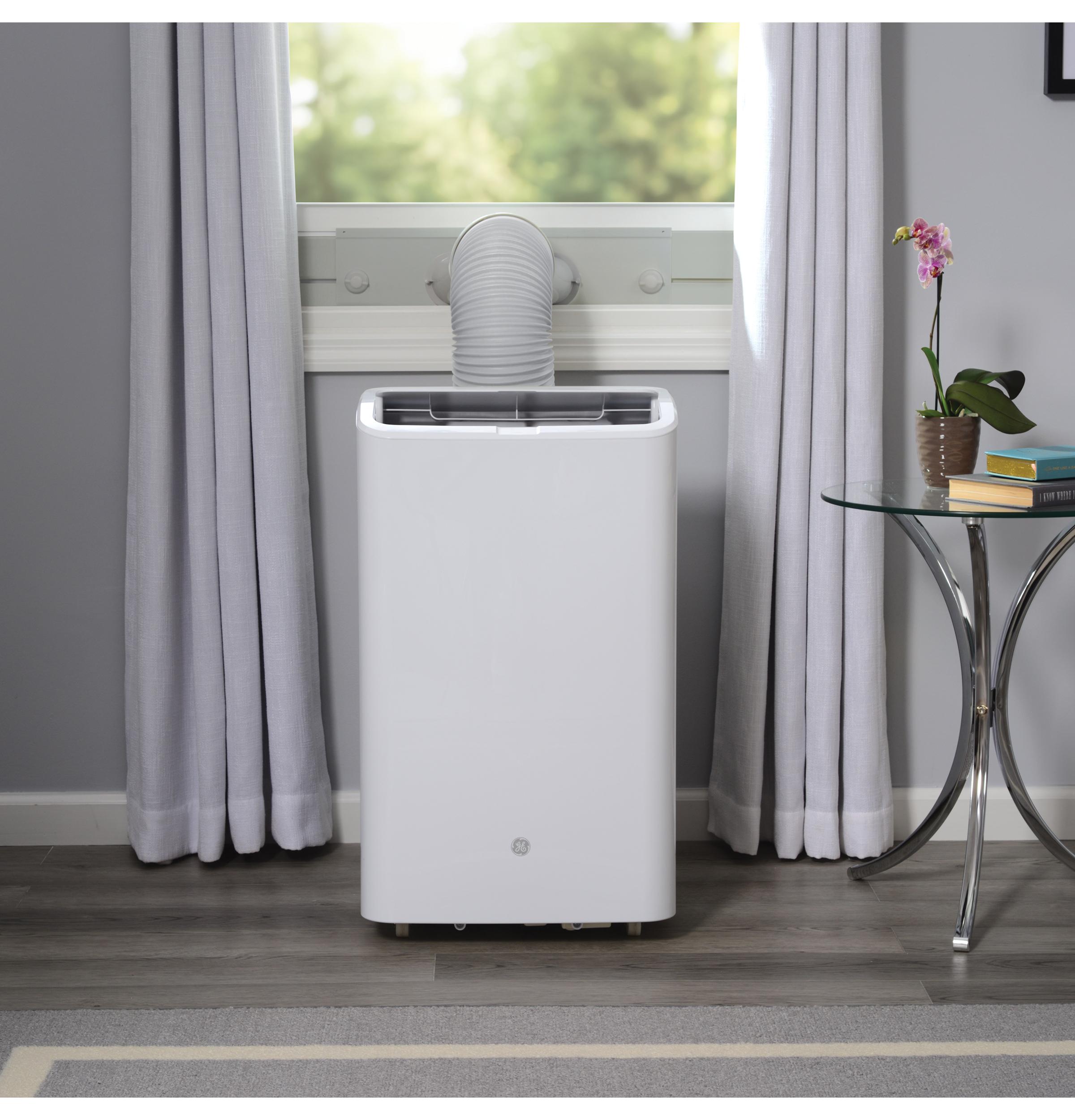


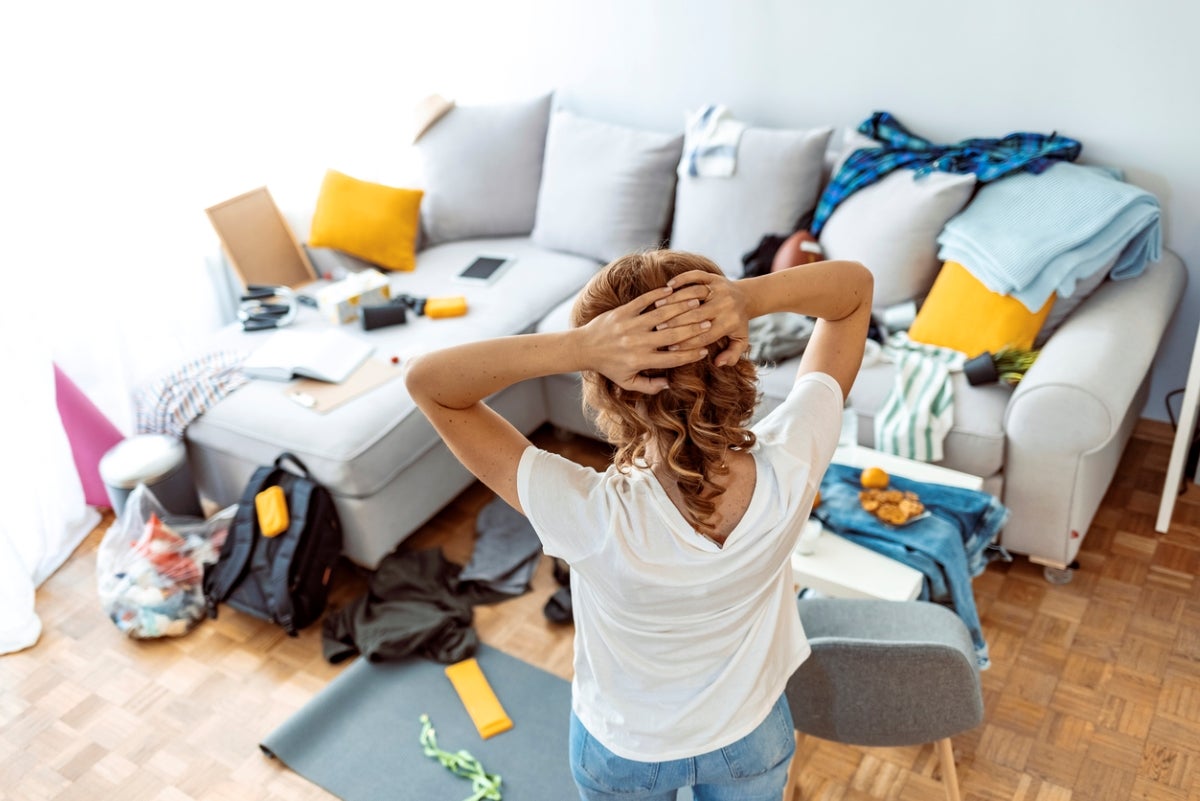
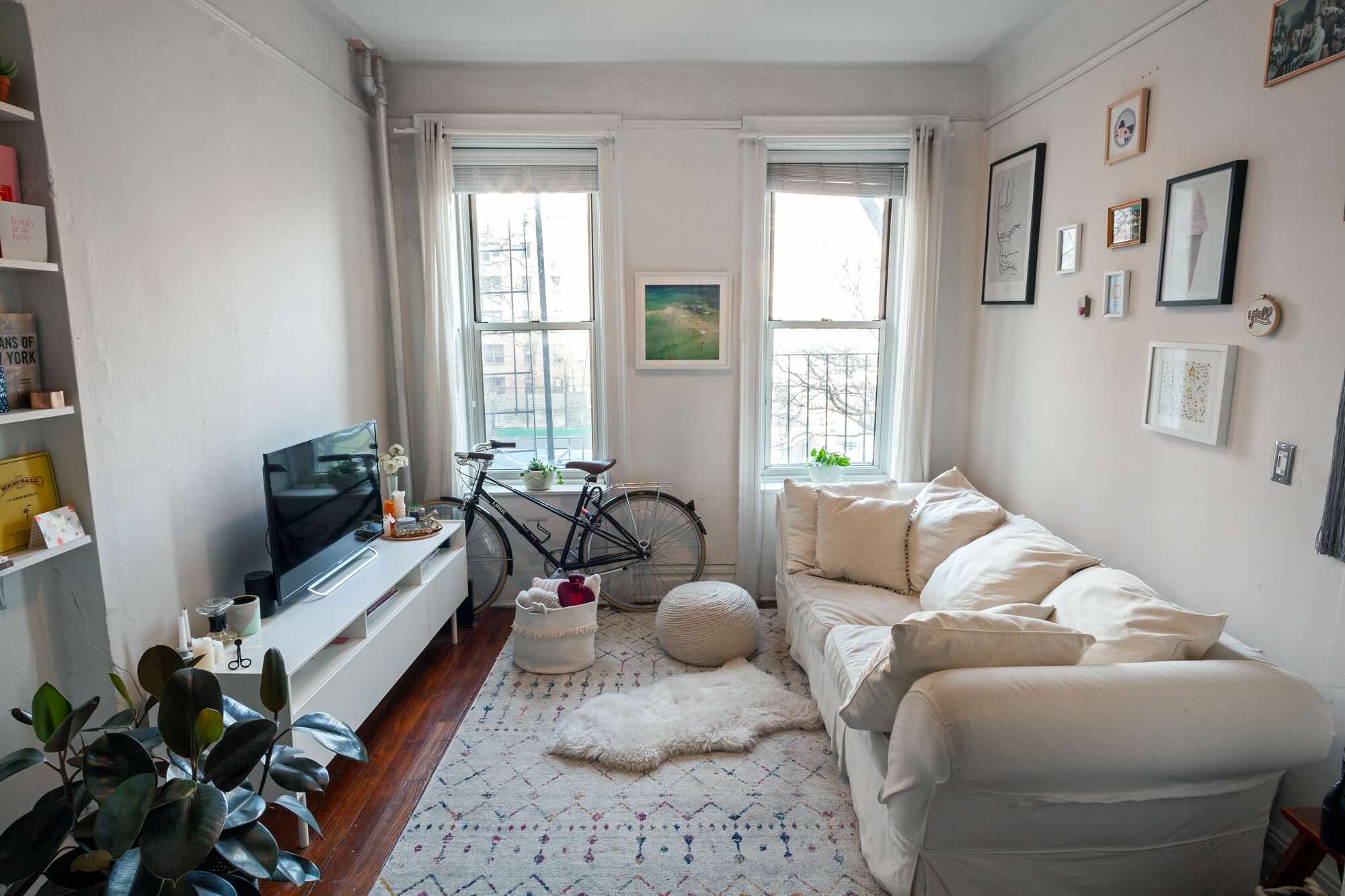
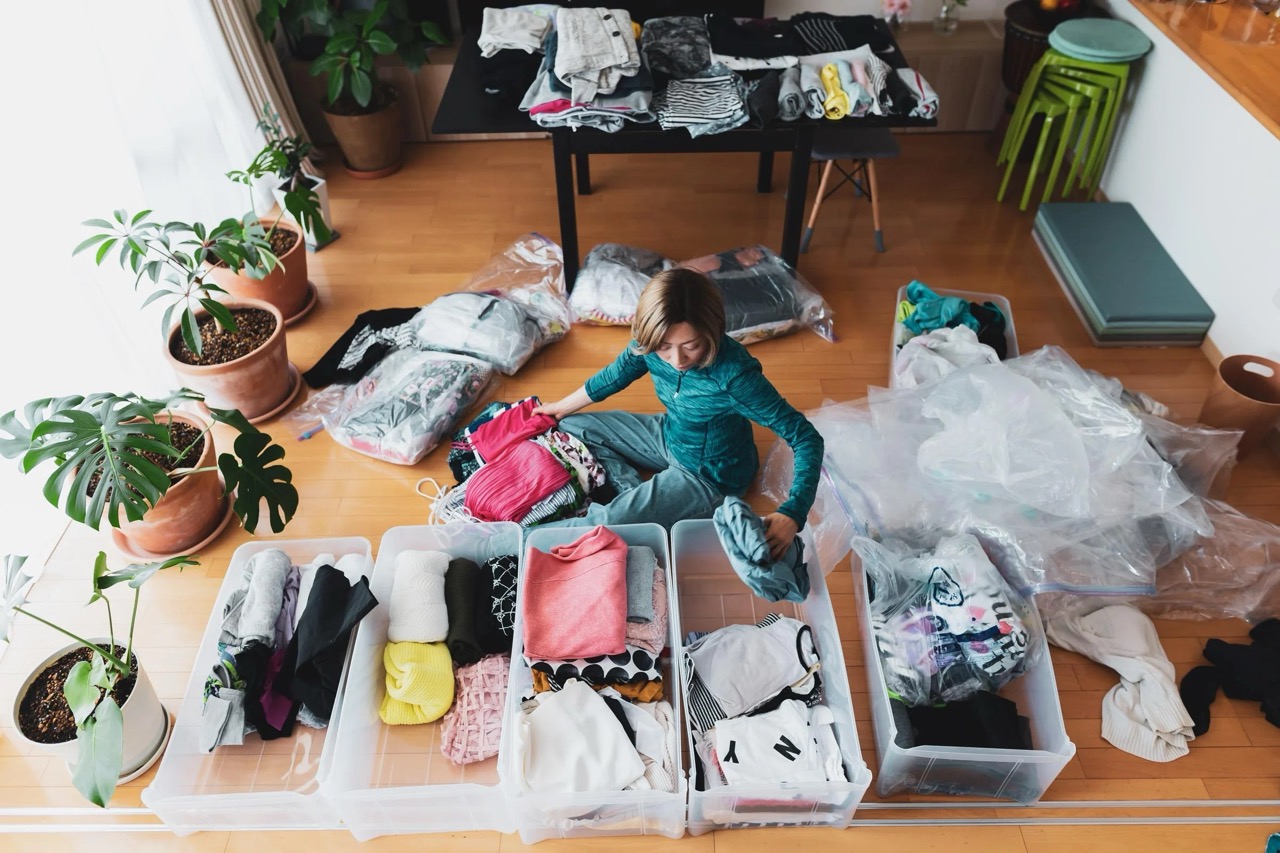
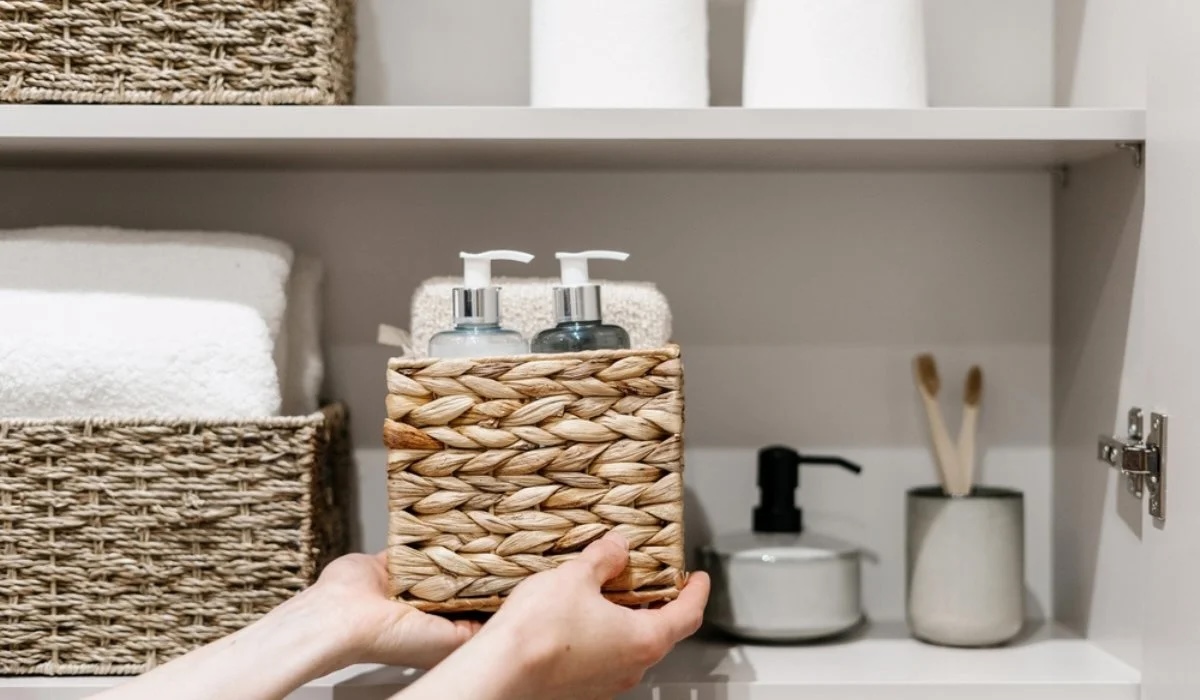
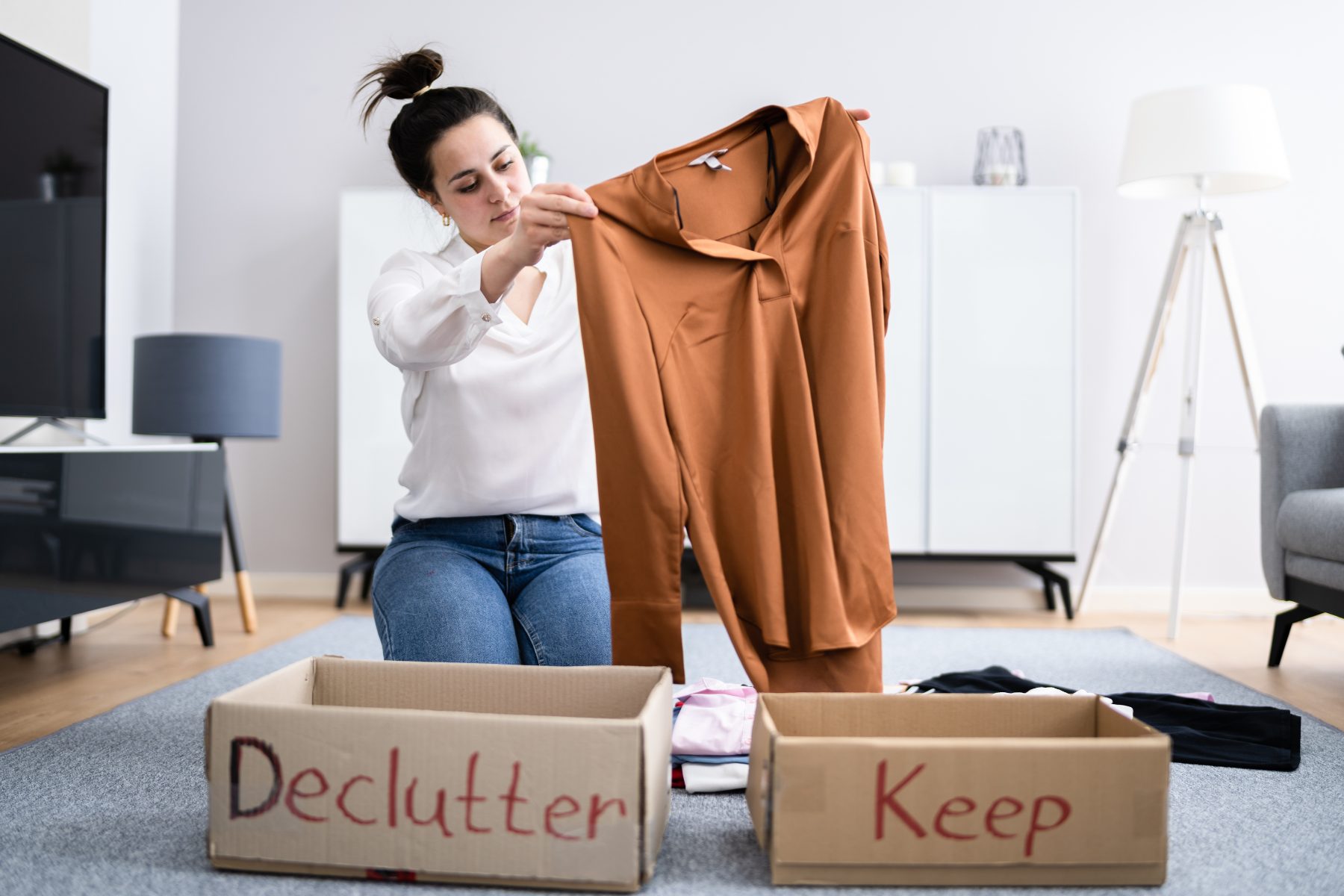
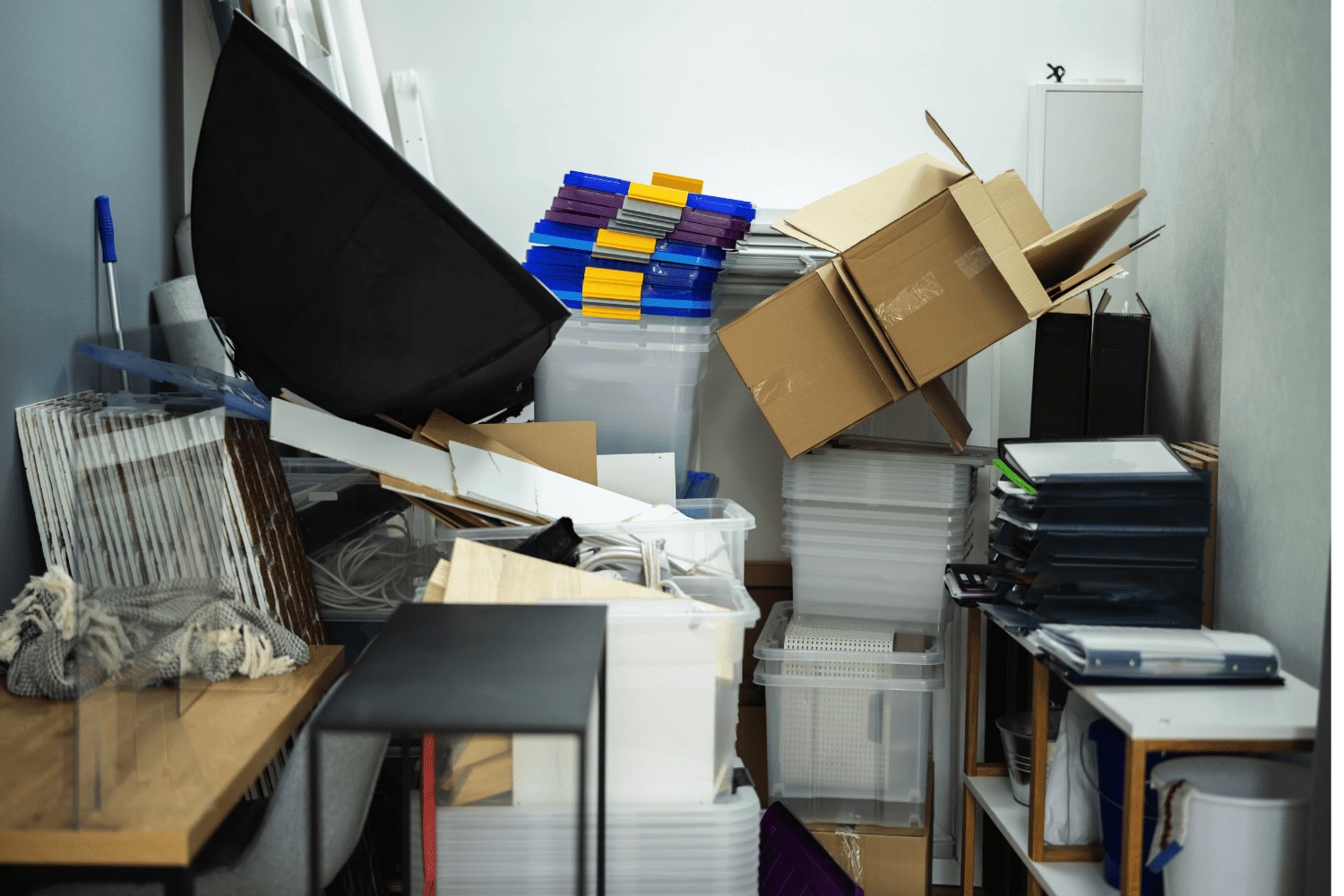
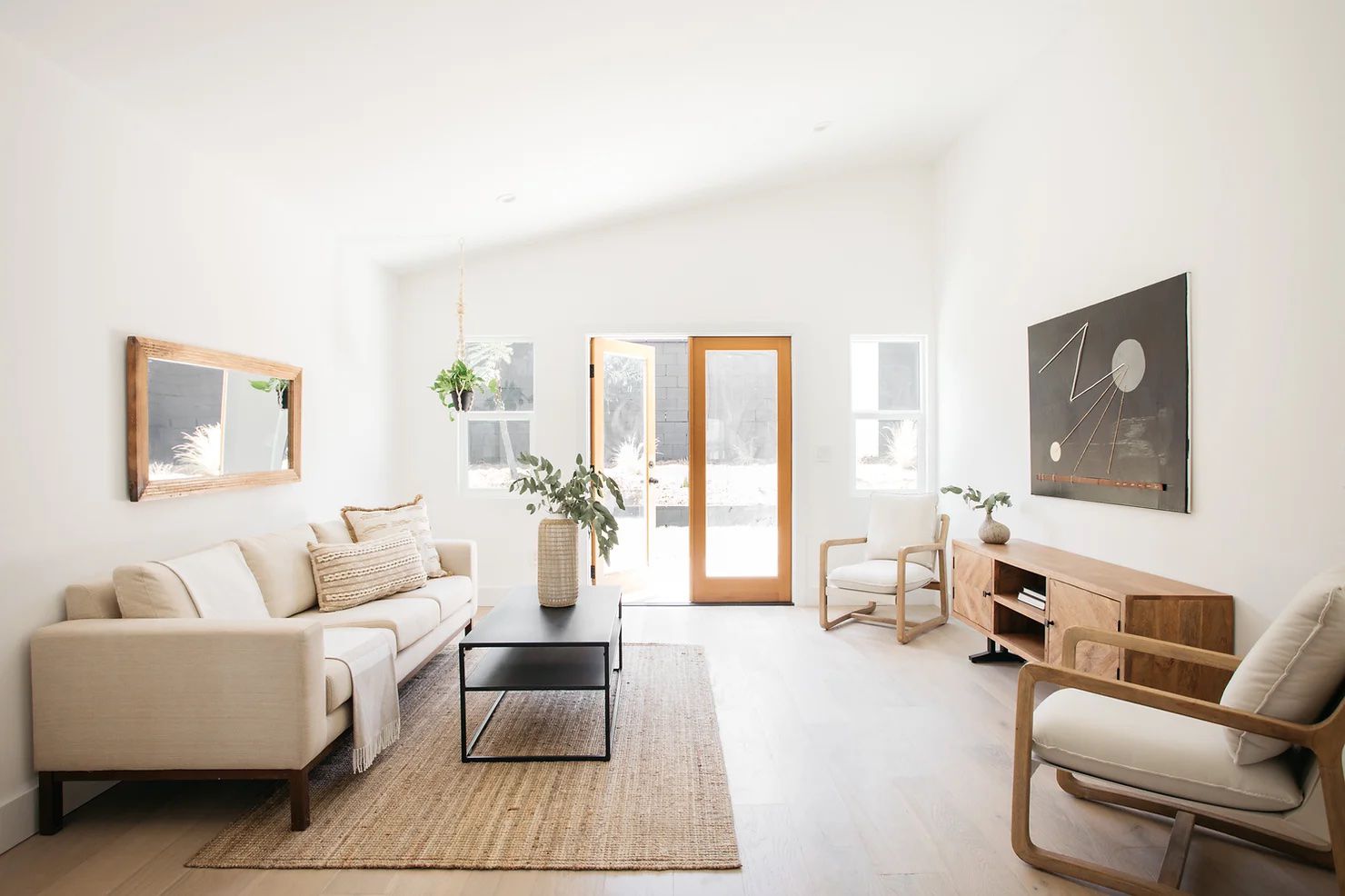
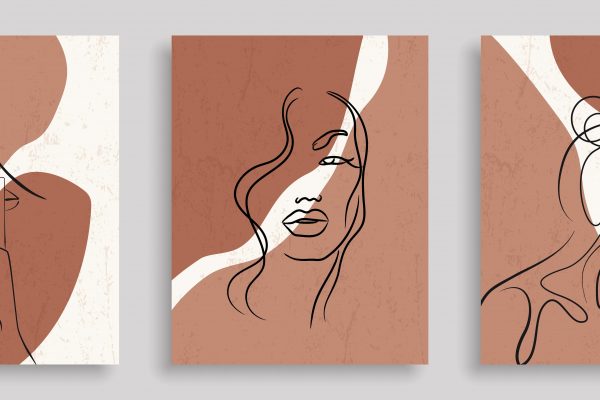
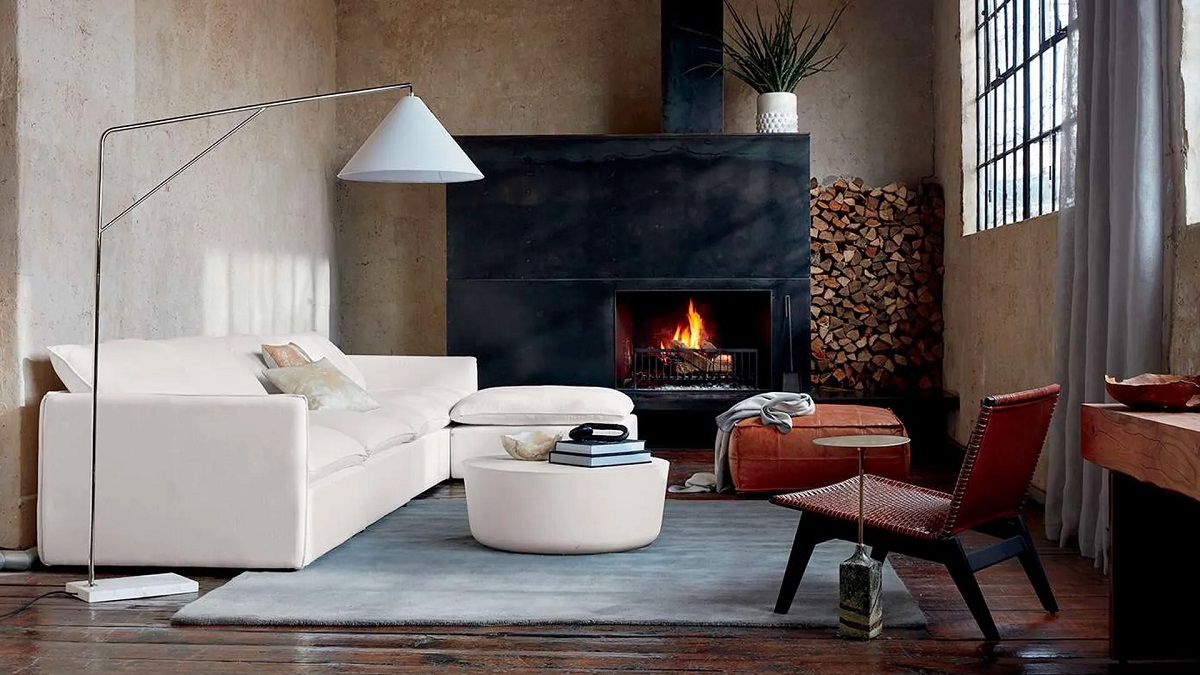
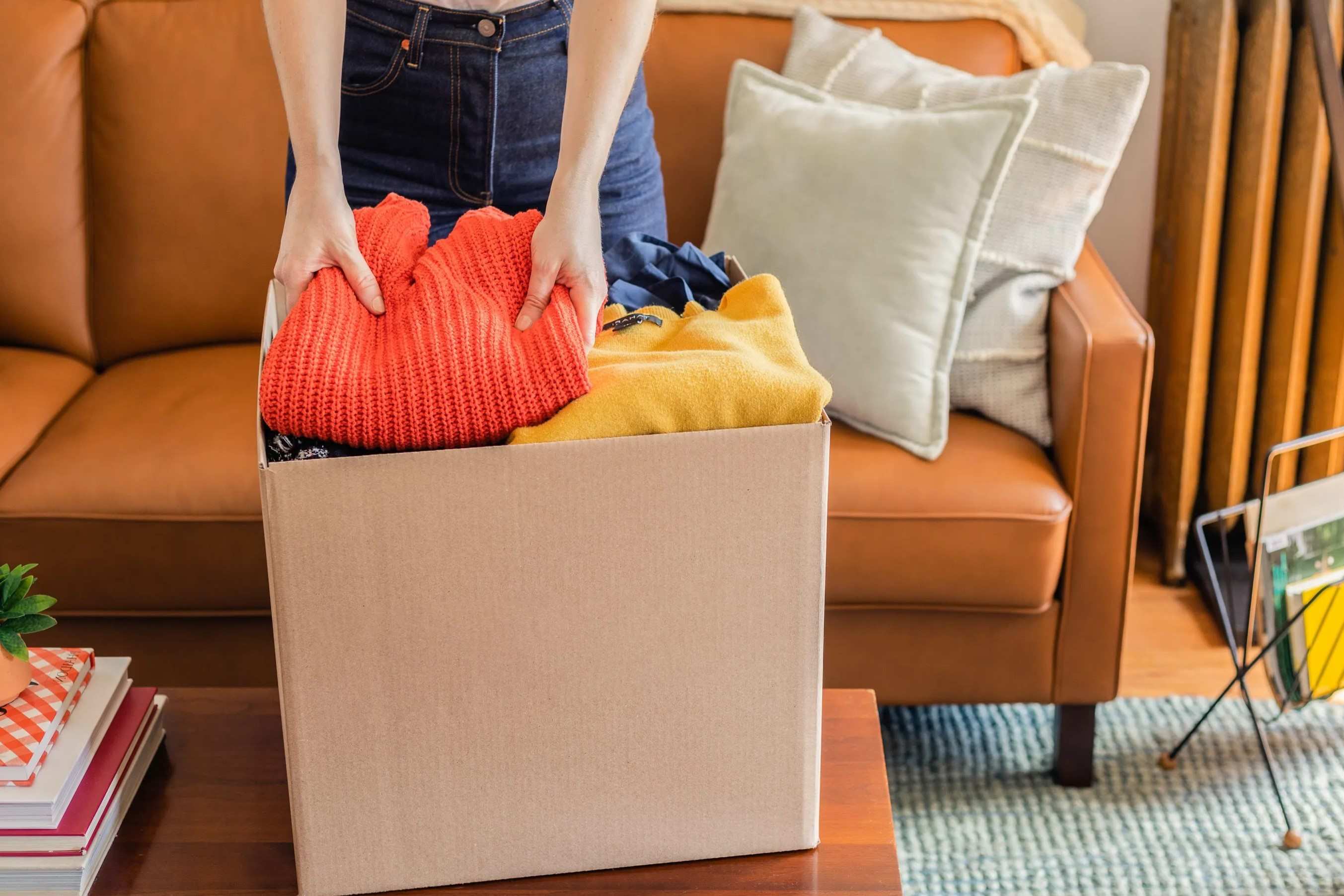
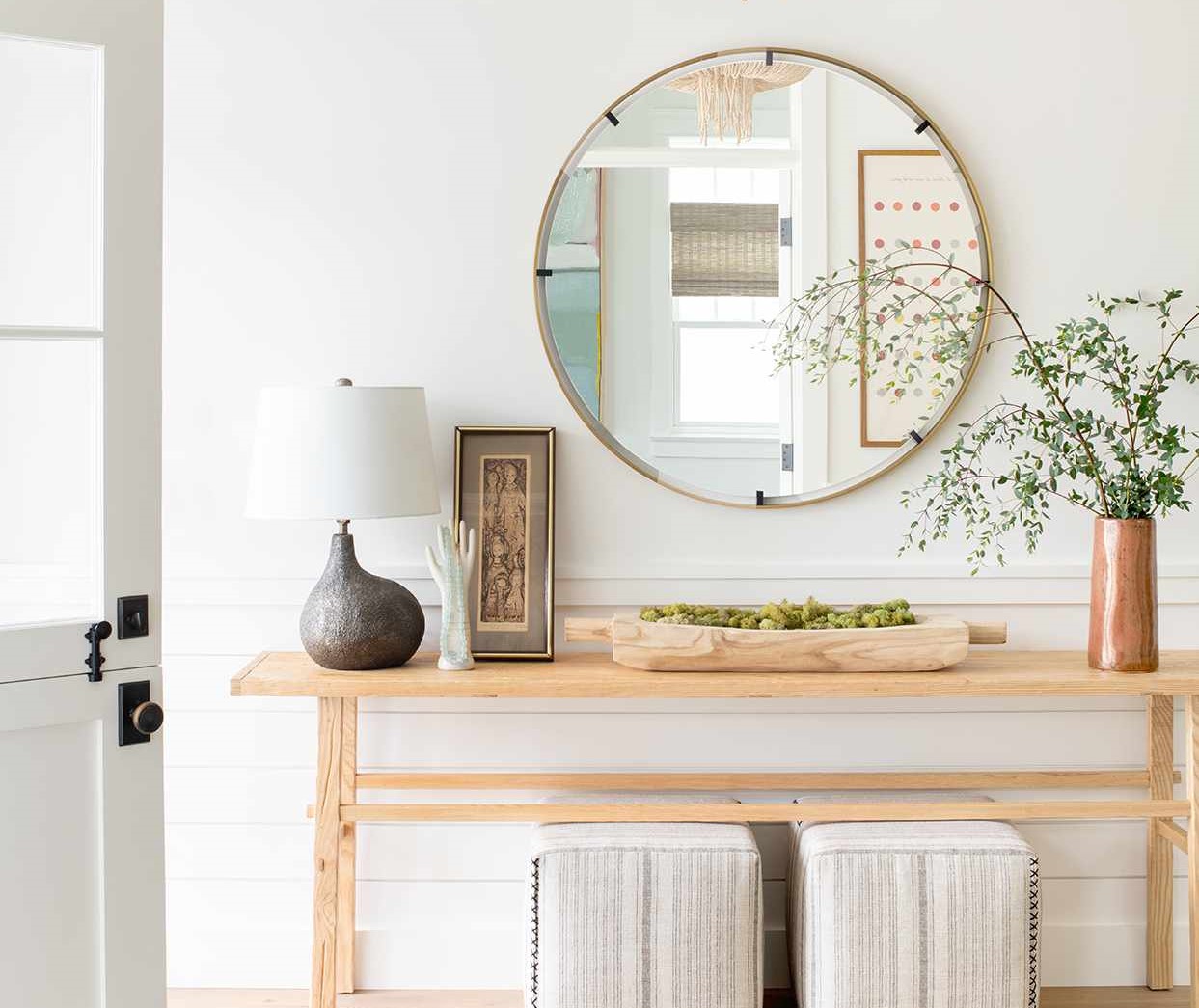

0 thoughts on “The Vanishing Act Minimalist Decluttering Mastery”